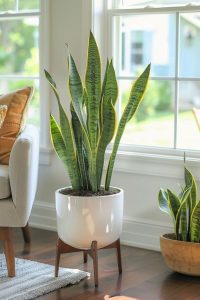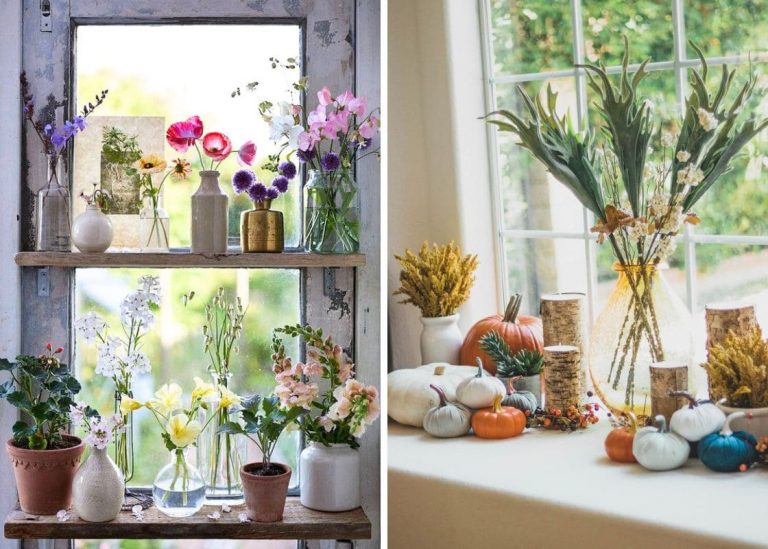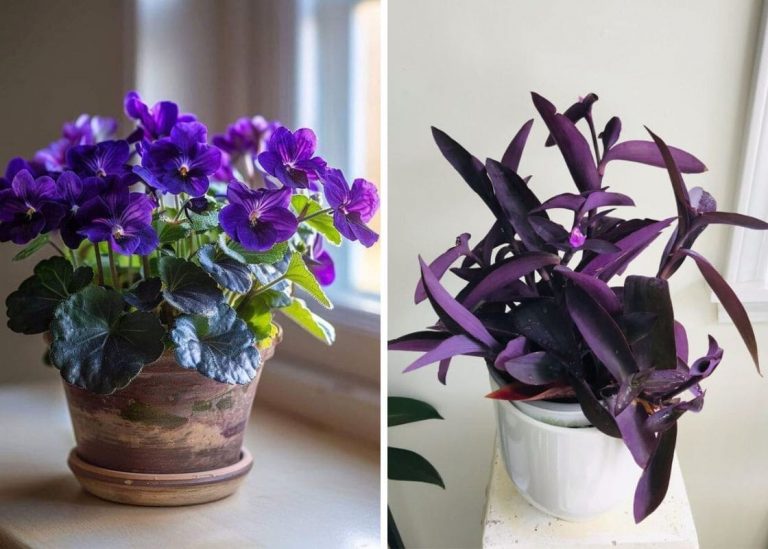3 Oxygen-Boosting Houseplants Every Home Needs (Especially Yours!)
There was a time not too long ago when my home felt… tired. Not messy or unloved, just heavy. I couldn’t explain it. The rooms looked fine, the windows were open, and I had candles burning in every corner trying to chase away the stillness. But something about the air itself felt stale. Like it wasn’t moving. Like I wasn’t breathing fully.
That’s when I remembered a quiet morning in my aunt’s sunroom. I was sitting on a worn rattan chair, sipping chamomile tea from a chipped mug, surrounded by green. Ferns, pothos, peace lilies. I didn’t know their names back then, but I remember how it felt—as if the plants were exhaling peace and I was inhaling calm.
So I did what any garden-hearted soul would do—I brought the outdoors in. Not for decoration. For healing.
I started with three houseplants. Just three. Ones I knew could quietly purify, uplift, and breathe life back into my space. And goodness, did they. Within days, the heaviness lifted. My mornings felt cleaner. My thoughts clearer. I started opening the curtains a little earlier, walking barefoot through the house again. The plants didn’t just change the air—they changed me.
If your space has ever felt like that—quietly suffocating, without a clear reason, let me show you the ones that brought breath back into my home.
1. Areca Palm (Dypsis lutescens) – The Lush Air Purifier
The Areca palm is one of my favorites, not just because of its graceful, feathery fronds but because it’s an absolute workhorse when it comes to oxygen production.
It’s been studied extensively for its air-purifying abilities, and researchers have found that a mature Areca palm can release significant amounts of oxygen while also increasing indoor humidity.
I first brought one into my home when I realized how dry the air got in winter. It was an instant game-changer!
This palm doesn’t just look tropical; it actively removes toxins like benzene, formaldehyde, and carbon dioxide, making the air fresher and cleaner.
Unlike some other palms, it’s relatively easy to care for, just bright, indirect light and regular watering keep it thriving. Over time, I’ve noticed that it creates a more breathable, refreshing atmosphere, especially in enclosed spaces.
2. Snake Plant (Sansevieria trifasciata) – The Nighttime Oxygen Generator
The snake plant is a legend among houseplants, and I can’t imagine my home without at least a few of them.
What makes it unique is that, unlike most plants that produce oxygen during the day, the snake plant continues releasing oxygen at night. This makes it perfect for bedrooms, where fresh air can make a big difference in sleep quality.
I remember reading a NASA study that highlighted the snake plant’s ability to remove harmful toxins like formaldehyde and nitrogen oxides. That was enough to convince me to place one near my bed, and I swear I’ve slept better ever since!
It’s also incredibly low-maintenance, I sometimes forget to water it for weeks, yet it still thrives.
If you’re someone who struggles with keeping plants alive, this one is nearly indestructible. Plus, its sleek, upright leaves add a modern touch to any room.
3. Spider Plant (Chlorophytum comosum) – The Resilient Air Cleaner
The spider plant is one of those plants I always recommend to beginners because it’s almost impossible to kill. But beyond being easy to grow, it’s also one of the best at filtering air and increasing oxygen levels.
I once read that a single spider plant can remove up to 90% of airborne toxins in a matter of days, and after years of having them in my home, I believe it.
This plant has a cheerful, cascading growth habit, with long, arching leaves and little offshoots (often called “spiderettes”) that dangle like tiny green ornaments.
I love how adaptable it is, it thrives in both bright and slightly shady spots and bounces back quickly even if I forget to water it. Whenever I notice stale air in a room, I move one of my spider plants there, and within days, the air feels noticeably fresher.










